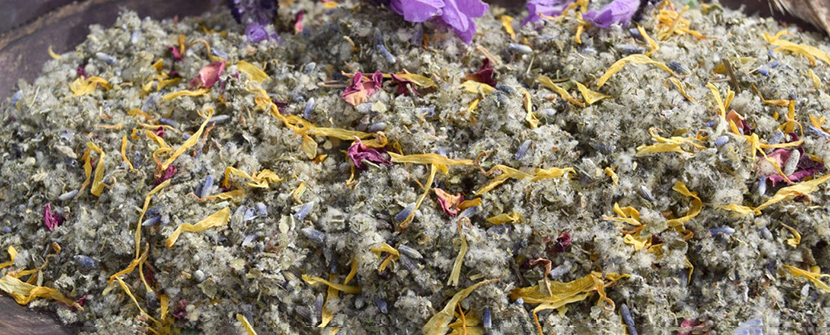Changa, a blend of smokable herbs infused with the psychedelic compound DMT (N,N-Dimethyltryptamine), has gained popularity in recent years as an alternative way to explore altered states of consciousness. By combining DMT-rich plants with other herbs, you can create your own unique changa smoking blends tailored to your preferences and intentions. In this guide, we'll walk you through the process of crafting your own changa blends for a personalized and transformative smoking experience.
Understanding Changa
Changa is an evolution of traditional ayahuasca, a brew containing DMT that is ingested orally. In changa, DMT is combined with smokable herbs, which allows for a quicker onset and a shorter duration of effects compared to oral consumption. The combination of DMT with other herbs can enhance the experience, modify the flavor, and provide additional therapeutic or spiritual benefits.
Choosing the Base Herbs
Start by selecting a suitable base herb that will serve as the foundation of your changa blend. Some popular options include:
- Mullein: Known for its smooth smoke, mullein acts as a carrier herb and provides a mild respiratory soothing effect.
- Damiana: With its relaxing properties, damiana complements the experience by promoting a sense of calmness and relaxation.
- Blue Lotus: Known for its calming and euphoric effects, blue lotus can enhance the overall mood and relaxation.
Adding DMT-Rich Plants
To incorporate the DMT component into your changa blend, select a plant that naturally contains or can be infused with DMT. Common choices include:
- Psychotria viridis: Also known as Chacruna, it is a traditional ayahuasca ingredient rich in DMT.
- Mimosa hostilis: This plant contains high levels of DMT and is often used in ayahuasca preparations.
- Acacia species: Various Acacia species contain DMT and can be used as a source for changa blends.
Optional Enhancing Herbs
To further customize your blend, consider adding additional herbs to enhance specific aspects of the experience. Some possibilities include:
- Passionflower: Known for its calming and anxiety-reducing effects, passionflower can help create a more serene and relaxed state of mind.
- Lavender: With its aromatic properties, lavender can contribute to a soothing and calming ambiance.
- Mugwort: Mugwort is believed to enhance dream experiences and promote lucid dreaming, adding an extra dimension to your changa journey.
Blending and Preparation
Combine the selected herbs in the desired proportions, keeping in mind personal preferences and the desired intensity of the experience. Grind the herbs together using a herb grinder or mortar and pestle to create a consistent blend. It's important to ensure the mixture is well-mixed to achieve an even distribution of the DMT-rich plant material.
Infusing the Blend
To infuse the DMT-rich plant material into your changa blend, you can use a solvent such as isopropyl alcohol or high-proof ethanol. Place the herbal mixture in a glass container and add the solvent, ensuring it fully covers the herbs. Allow the blend to soak for several hours or overnight, allowing the solvent to extract the DMT and other active compounds. Afterward, let the solvent evaporate completely, leaving behind the infused blend.
Finalizing and Storing
Once the blend is dry, it's ready for use. Store it in an airtight container, protecting it from light and moisture. Label the container with the blend's ingredients and potency to keep track of your creations.
Closing thoughts
Crafting your own changa smoking blends can be an exciting and personalized way to explore the realms of altered consciousness. By carefully selecting the base herbs, incorporating DMT-rich plants, and adding optional enhancing herbs, you can tailor the blend to your intentions and desired effects. Remember to approach changa with respect, adhere to safe practices, and be mindful of your surroundings. Enjoy the journey and embrace the transformative potential of this unique smoking experience.
Product Ad
Product Ad
Successful businesses have many things in common, today we’ll look at the big ‘R’of recognitional advertising network may help.
Recognition can be illustrated by two individuals entering a crowded room at a party.

